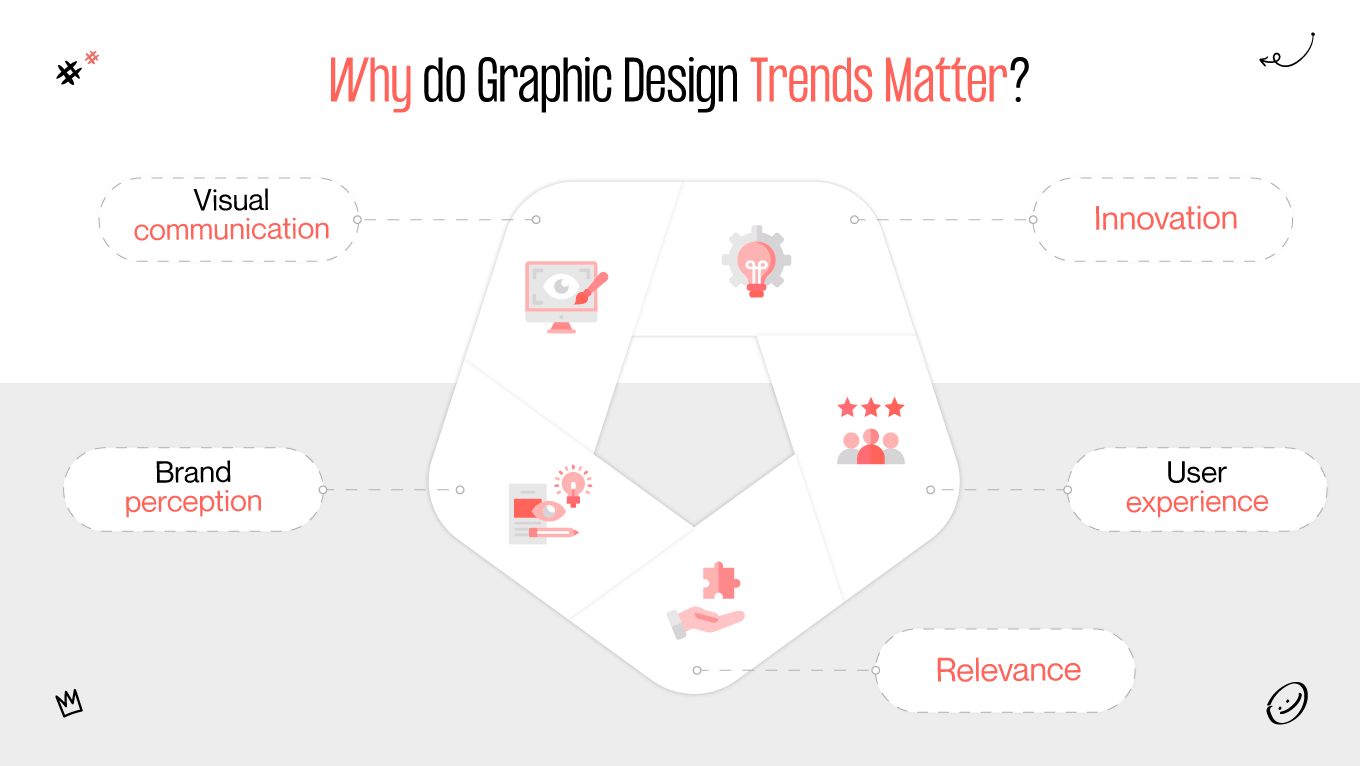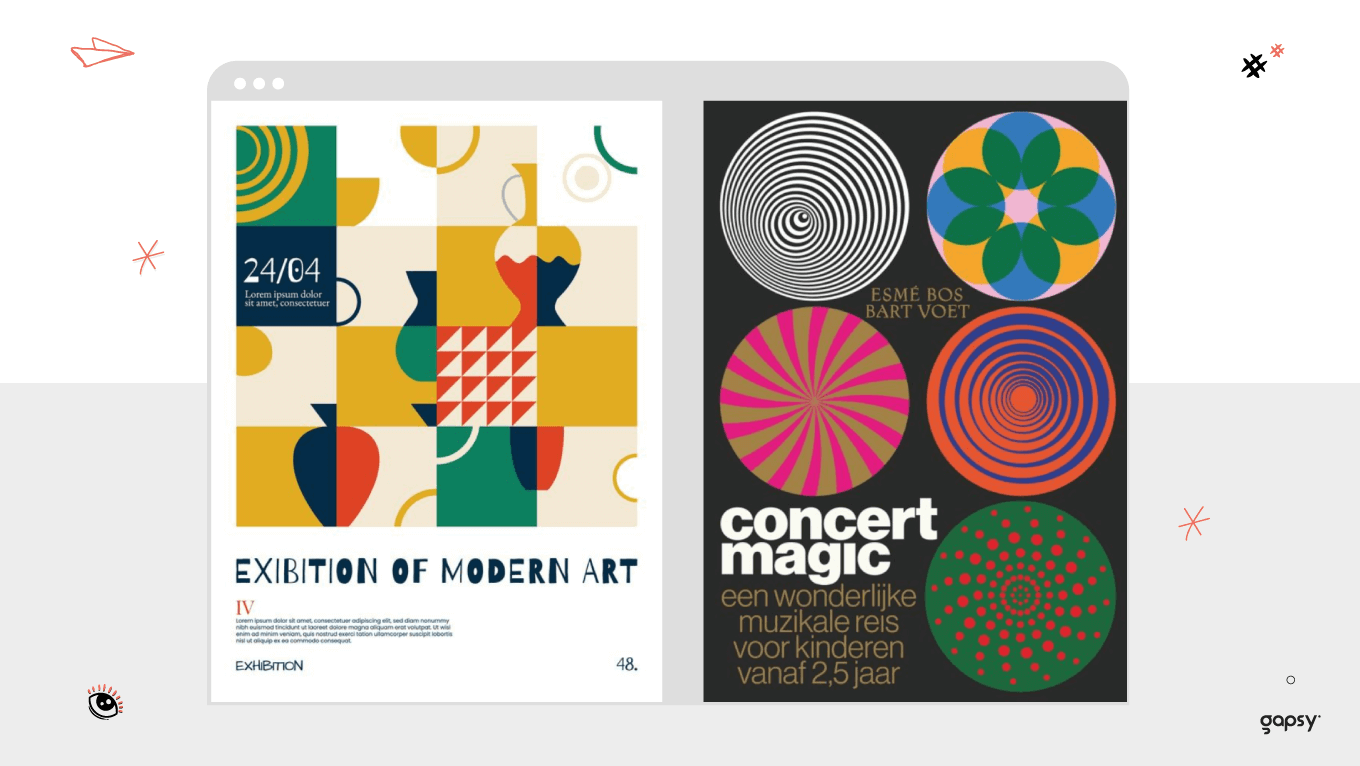In a world driven by innovation, technology, and a relentless pursuit of visual excellence, the trends shaping the graphic design landscape serve as both a mirror reflecting our contemporary sensibilities and a compass guiding the way forward. The world of graphic design is a canvas where tradition meets transformation.
Fusing classic design principles with cutting-edge techniques creates a diverse tapestry that reflects the spirit of our times. Let’s dive into the graphic design trends that paved the way to their success.
















